Premium Only Content
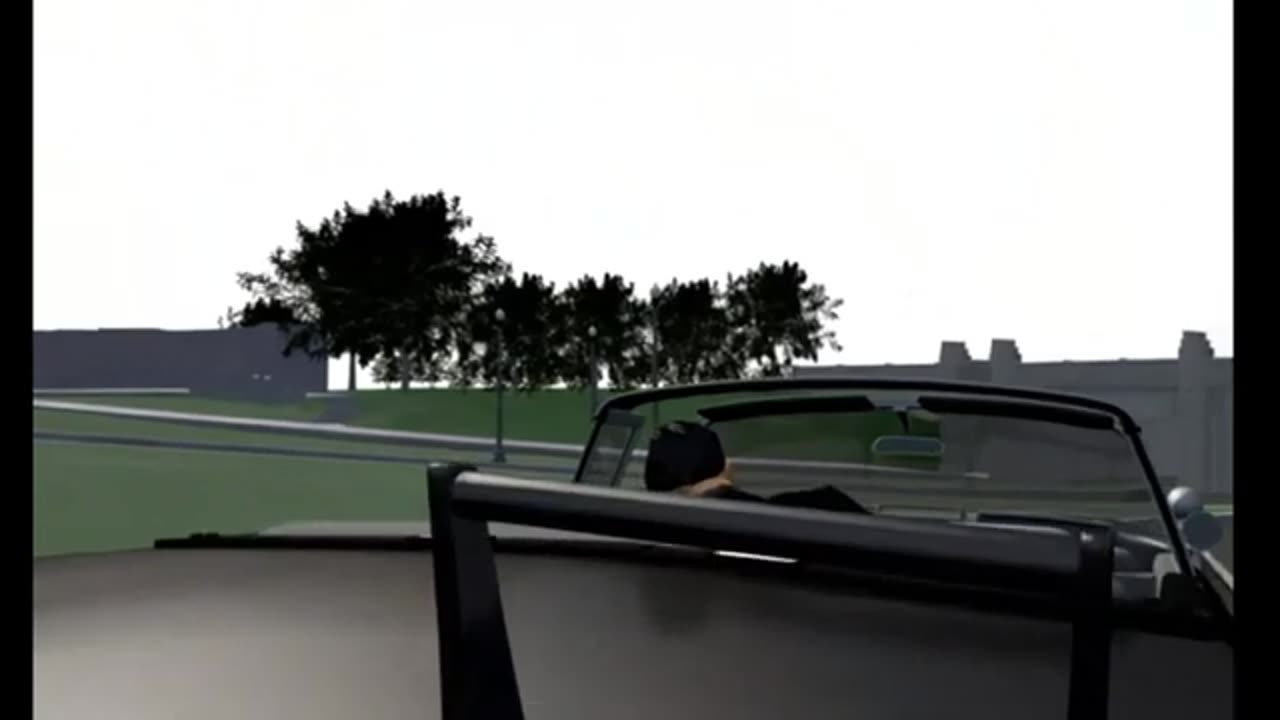
Criminalist Sherry Fiester's Forensic Conclusions of JFK Frontal Headshot from "A Coup In Camelot"
Hofeling writeup and times:
Here's a 5-point summary of the transcript with timestamps:
- [0:02-0:21] Sherry Fiester is introduced as a retired senior crime scene investigator from the Dallas Police Department and author of "Enemy of the Truth," who applied her 30-year law enforcement experience to analyzing the JFK headshot in the Zapruder film.
- [0:59-1:39] She identifies four methods to determine projectile direction, noting that Kennedy's initial slight forward movement before the backward motion indicates a shot from the front, as bodies first move into the force of impact.
- [1:39-3:13] Blood spatter analysis confirms a frontal shot through the presence of "back spatter" (which travels back toward the shooter) rather than "forward spatter," with visible white streaks believed to be bone fragments traveling up and forward.
- [3:13-4:14] Fracture sequencing analysis of the skull provides additional confirmation of a frontal shot, based on the pattern of linear and concentric fractures that form from the point of impact.
- [4:29-7:39] Through trajectory analysis, Fiester concludes the fatal shot came from the south end of the triple overpass and adjacent parking lot, not the grassy knoll, noting this location provided both the correct elevation and concealment due to the overpass's winged design.
_____________
1. The Zapruder Film and Forensics: Sherry Fiester begins by discussing the importance of the Zapruder film in understanding the events surrounding President Kennedy's assassination. The film, according to Fiester, captures the crucial moment of the fatal headshot and provides valuable forensic evidence. Fiester highlights the advancements in forensic science, particularly in wound ballistics, which allow for a more accurate interpretation of the film.
2. Determining Shot Direction: Sherry Fiester details four methods used to determine the directionality of a projectile striking a human head. This includes the analysis of kinetic energy transfer, leading to initial forward movement followed by rearward movement if shot from the front. Fiester also mentions blood spatter analysis, where the direction of blood dispersal indicates the entry or exit wound.
3. Blood Spatter and Fracture Sequencing: Further focusing on the Zapruder film, Sherry Fiester describes the characteristics of blood spatter, differentiating between "back spatter" (from an entry wound) and "forward spatter" (from an exit wound). Fiester emphasizes the speed of forward spatter and its wider dispersal. Additionally, Fiester explains the significance of "white streaks" in the film, likely bone fragments, further supporting the conclusion of a frontal entry wound. Fiester also discusses fracture sequencing, which reveals a pattern of fractures on the skull caused by the impact of the bullet. These fractures, radiating from the entry point, are indicative of a shot from the front.
4. Trajectory Analysis and Shooter Location: Sherry Fiester explains the process of reconstructing a shooting trajectory and locating the shooter. This process involves determining the entry and exit wound locations and then using those points to establish a trajectory cone. Fiester describes how, using this method and the Zapruder film, they were able to narrow down the possible shooter location to the south end of the triple overpass and the adjacent parking lot in Dealey Plaza.
5. The Grassy Knoll and the South End of the Underpass: Sherry Fiester argues that the grassy knoll is not a viable shooter location based on trajectory analysis and the president's position in the car. Fiester then presents the south end of the underpass as a plausible alternative, citing its correct elevation and the possibility of concealment from onlookers due to the bridge's design.
6. The Magic Bullet Theory and its Flaws: Sherry Fiester challenges the Warren Commission's "magic bullet theory" by highlighting the inconsistencies in trajectory and the lack of a single bullet capable of producing the observed wounds. Fiester emphasizes the impossibility of multiple bullets striking President Kennedy from the same location, as described in the magic bullet theory.
7. Conclusion: Sherry Fiester emphasizes the importance of truth and transparency in relation to the assassination, advocating for the public to be aware of the evidence and the discrepancies in the official narratives. Fiester calls out the failings of the Secret Service in light of the triangulated crossfire from multiple shooters.
_____________
Excerpt from "A Coup In Camelot" (2015):
A Coup In Camelot, narrated by Peter Coyote, brings together the top experts, latest evidence and modern day technological advances in a powerful new examination of the JFK assassination. Shocking details emerge as the dramatic tale of A Coup In Camelot is revealed.
-
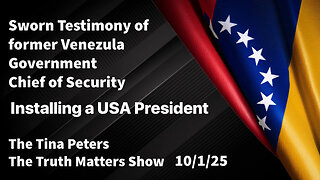 6:31
6:31
Election Fraud Videos
2 hours agoVN WB -4 Coming to the USA
13 -
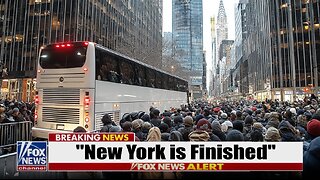 12:55
12:55
Cash Jordan
18 hours agoNYC Busses 'MOBBED' by Millionaires... as "Communist" Mayor VOWS to END AMERICA
38210 -
 LIVE
LIVE
Major League Fishing
1 day agoLIVE! MLF Toyota Series Championship!
764 watching -
 18:54
18:54
Bearing
1 day agoNew York COMMUNIST TAKEOVER 🚨 Zoran Mamdani’s Revolution 💥
3.12K65 -
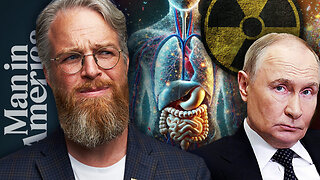 1:05:26
1:05:26
Man in America
1 day ago“Poseidon” Doomsday Sub, Microplastics & The War on Testosterone w/ Kim Bright
40.2K55 -
 12:15
12:15
Degenerate Jay
20 hours agoIs GTA 6 In Trouble?
226 -
 LIVE
LIVE
FyrBorne
13 hours ago🔴Battlefield 6 Live M&K Gameplay: Who's Hunting Who?
887 watching -
 LIVE
LIVE
Times Now World
5 days agoVladimir Putin LIVE | Putin rushes to help Maduro, sends Wagner Group | US-Venezuela News | Trump
142 watching -
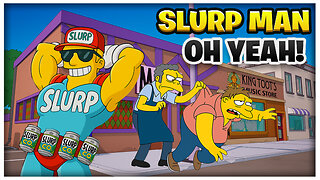 LIVE
LIVE
DynastyXL
4 hours ago🔴LIVE Slurp Man when? Lets PLAY with viewers
124 watching -
 1:12:46
1:12:46
Dialogue works
9 hours ago $1.55 earnedLarry C. Johnson & Col. Larry Wilkerson: Russia & Iran to Build a WAR SHIELD — China Just Stepped In
16.4K2